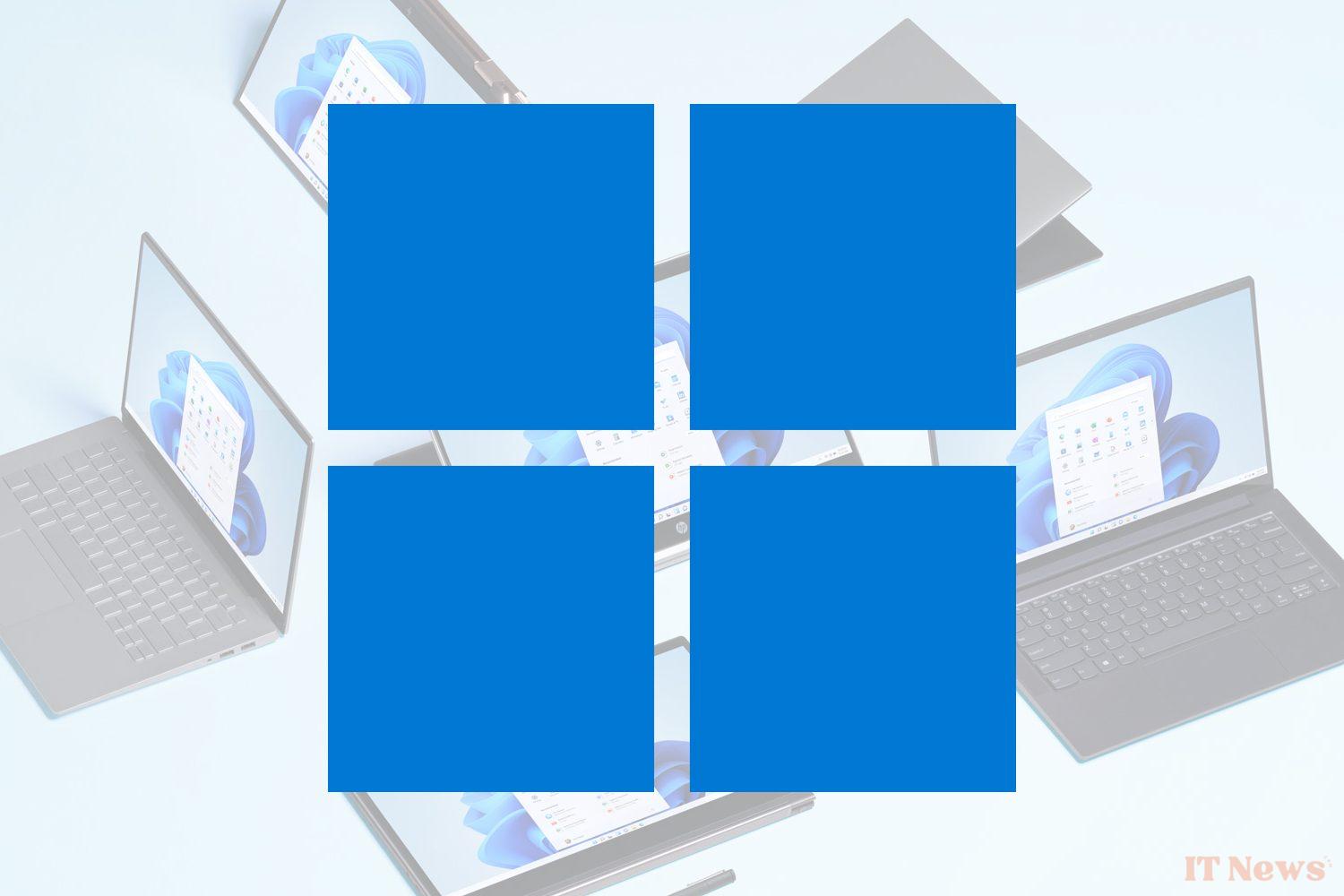As of October 14, 2025, Windows 10 users will be on their own to ensure the security of their operating system. Microsoft will officially stop supporting the operating system and will therefore no longer offer any updates, not even security updates. Those who wish, however, will be able to enjoy an additional year of reprieve during which they will be able to continue to benefit from security updates, provided they pay.
For the others, two solutions will be possible. The first: migrate to Windows 11, if their configuration allows them to do so. Because Microsoft has just reiterated it quite firmly: it will not go back on the minimum requirements for installing its most recent operating system. If your current PC, still running Windows 10, does not have a TPM 2.0 (Trusted Platform Module) chip, you can forget about Windows 11, and you will have to choose the second option: buy a new PC.
Why the hell is Microsoft so stubborn about these hardware requirements? For security reasons.
TPM 2.0 chip guarantees the security of your data
To support the reasons why it is not compromising on the need for a TPM 2.0 chip, Microsoft published a long blog post. The Redmond firm recalls all the advantages that this module brings, and explains why it is at the heart of the Windows 11 installation.
“TPM 2.0 is essential to counter today’s cyber risks”
Microsoft then lists all the advantages brought by the TPM 2.0 chip. In addition to the fact that the chip supports a wider range of cryptographic algorithms, it offers better isolation of cryptographic processes, thus ensuring increased protection for sensitive data. Above all, the TPM 2.0 chip is necessary for the operation of Bitlocker, the data encryption module of Windows 11, since it is in this chip that the encryption key is stored. It is also thanks to the TPM 2.0 that secure boot, or multi-factor authentication is supported.
While this decision by Microsoft to make no compromises for user security is understandable, it nevertheless risks having a fairly significant environmental impact. Because by imposing such specifications, and with the cessation of Windows 10 updates, Microsoft is potentially condemning 240 million PCs to end up in landfill.
Fortunately for users, there is more to life than Windows. While the very idea of changing operating systems may seem scary to some, it can be worthwhile to save machines that are still perfectly valiant. On the Linux side, a great deal of progress has been made to allow distributions like Ubuntu or Linux Mint to be intuitive enough to have nothing to envy Windows. The steps to follow to install Linux on a PC are not insurmountable, and will allow you to enjoy a complete and unrestricted operating system.
Those who would like an operating system that is even easier to use can set their sights on Chrome OS. Google's operating system, which is just as easy to install, actually offers a slightly more structured use.

Source: Microsoft



0 Comments